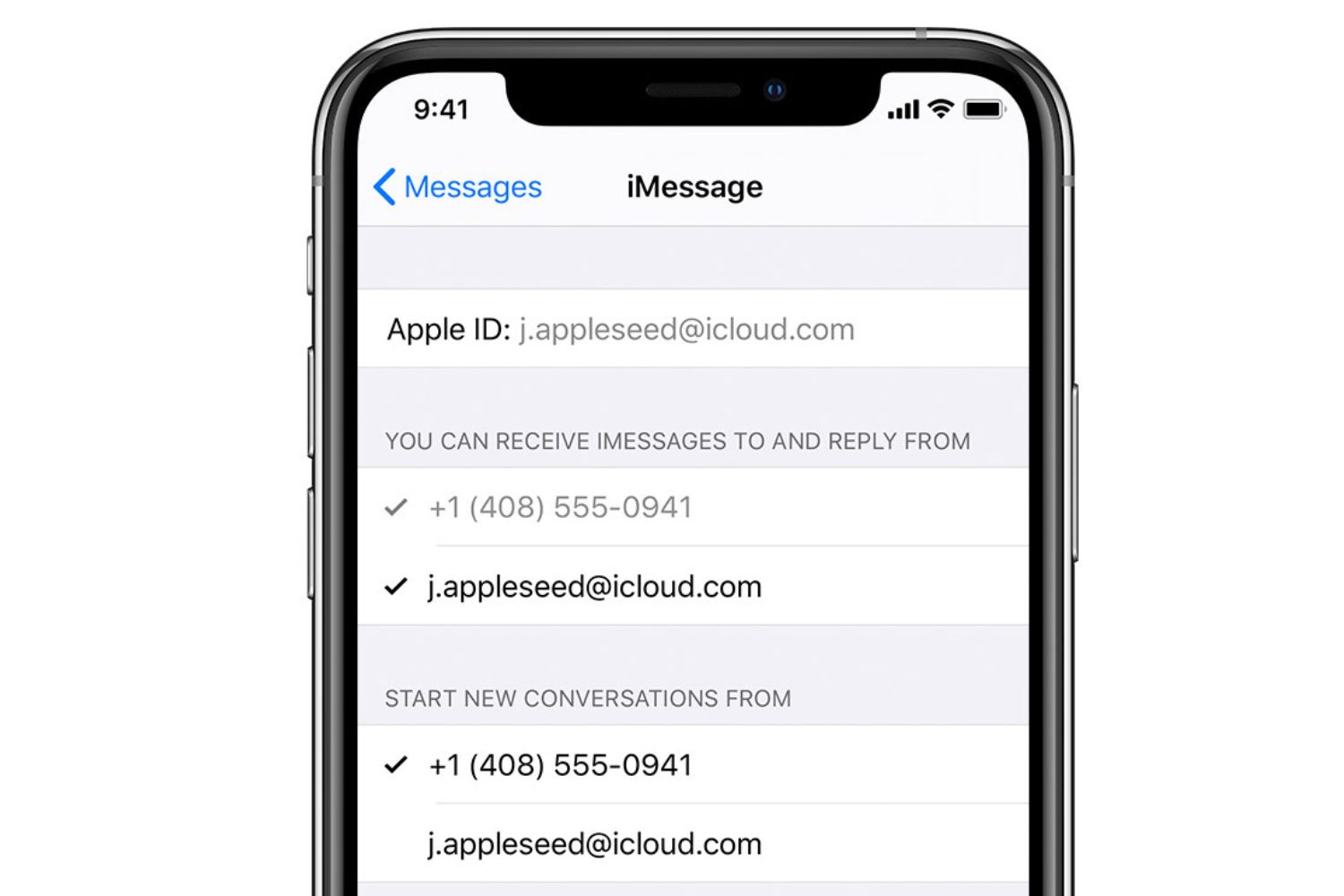Apple has revealed its plans to bolster the security of iMessage by implementing post-quantum cryptography, a move aimed at fortifying the platform against potential threats posed by future quantum computers. The tech giant’s initiative is set to be introduced in iOS and iPadOS 17.4, macOS 14.4, and watchOS 10.4.
Key Takeaway
Apple is proactively addressing the potential security implications posed by future quantum computers by integrating post-quantum cryptography into iMessage, underscoring its commitment to enhancing user privacy and data security.
Understanding the Need for Post-Quantum Cryptography
Apple’s decision to upgrade the security layer of iMessage is driven by the anticipation of quantum computers posing a threat to current encryption standards. With the exponential computational capabilities of quantum computers, there is a concern that they could potentially compromise the security of end-to-end encrypted communications.
Today’s encryption methods rely on the strength of cryptographic ciphers and computing power to safeguard user messages. However, the advent of quantum computers could render these existing encryption standards vulnerable to decryption.
Apple’s Approach to Enhancing iMessage Security
Apple’s strategy involves the implementation of a custom-built protocol, known as the PQ3 protocol, which combines Elliptic-Curve cryptography with post-quantum cryptography. This new approach aims to ensure that encryption keys are dynamically refreshed to mitigate the risk of retrospective decryption by adversaries leveraging future quantum computing capabilities.
Furthermore, Apple has engaged academic research teams to evaluate the efficacy of its PQ3 standard, acknowledging the evolving nature of quantum computing and the need for proactive measures to safeguard encrypted data.
Implications and Industry Landscape
Apple’s announcement comes at a pivotal juncture, as policymakers deliberate on online safety regulations that could impact encryption on messaging platforms. Concurrently, other tech companies, such as Meta, are also exploring the integration of end-to-end encryption across their product offerings, underscoring the industry-wide focus on enhancing digital privacy and security.
Notably, the move to fortify iMessage’s security with post-quantum cryptography aligns with the broader industry trend, as evidenced by the recent adoption of post-quantum encryption algorithms by messaging app Signal.

























